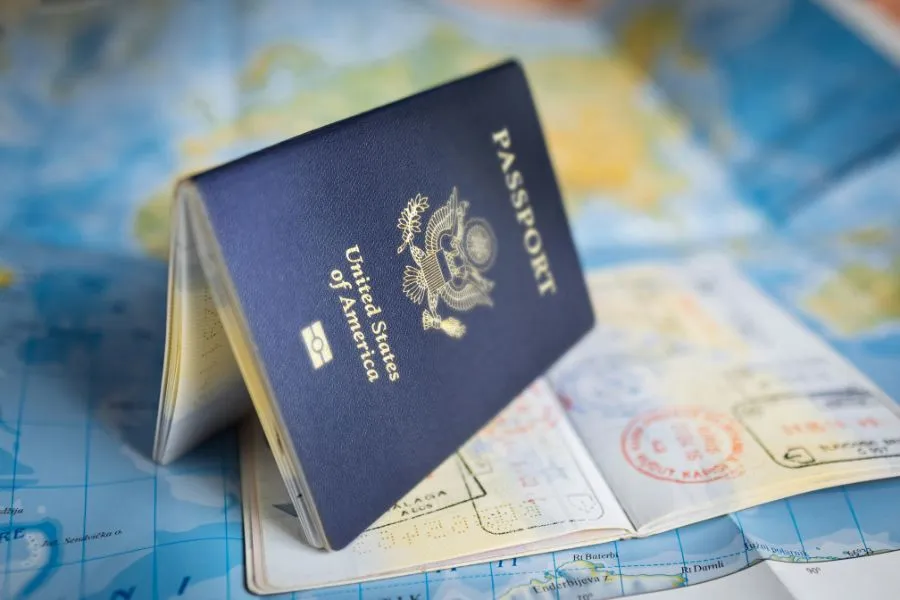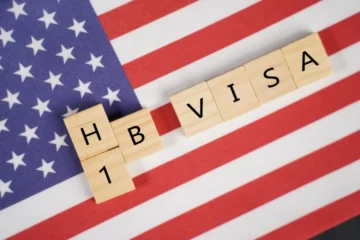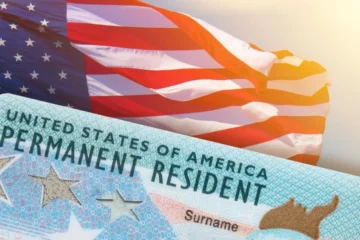Visa rejection can feel like hitting a dead end, especially when your plans to study, work, or reunite with family in the US suddenly fall apart. But don’t lose hope just yet. In many cases, a rejection isn’t the end of the road. Depending on the type of visa you applied for and the reason for the refusal, you may be eligible to appeal — or better yet, reapply with a stronger case. Here’s how the appeal process works in 2025 and what to expect if you decide to hire an immigration lawyer in the United States.
Key Takeaways
Understanding Why Your US Visa Was Denied
The first step to making any sort of comeback is understanding what went wrong. When a US visa is rejected, the reason is usually stated on the denial form, often citing a section of immigration law such as Section 214(b) for nonimmigrant visas. This section essentially means the consular officer believes you did not demonstrate sufficient ties to your home country or failed to prove that you would return after your visit. Other reasons could include incomplete documentation, insufficient financial support, prior immigration violations, or errors in your application form.
In short, unless you know why you were denied, you can’t prepare an effective appeal — or a stronger reapplication.
Can You Appeal Every US Visa Rejection?
This is where it gets a bit technical. Not all visa rejections can be appealed. For instance, if you were denied a nonimmigrant visa such as a tourist (B1/B2) or student visa (F1), there is no formal appeal process. In such cases, your only real option is to reapply with better documentation or a clearer explanation. However, if your visa falls into the immigrant category — such as a family- or employer-sponsored green card — then you may have the right to file a formal appeal.
Similarly, if your application involved a waiver (like Form I-601 or I-212), you might be able to file a motion to reopen or reconsider. It all comes down to the visa category and the nature of the rejection. That’s why reading your denial notice carefully — or having a lawyer review it — is crucial.
How the Visa Appeal Process Works in 2025
If your case qualifies for an appeal, the first thing you’ll need is a copy of the written denial from the consular officer or USCIS. This document outlines the exact reason your visa was refused. With this in hand, your next step is to consult with a licensed immigration attorney, particularly if you’re appealing a green card denial or a case involving complex documentation.
Also Read: Do You Have to Make Your Social Media Public for a U.S. Visa Now?
Once your lawyer confirms that an appeal is an option, they will likely file Form I-290B — the Notice of Appeal or Motion — along with a detailed legal explanation of why the decision was wrong. In 2025, the standard filing fee for this form is $675, though it can vary depending on the type of case. From there, your appeal will either be reviewed by the Administrative Appeals Office (AAO) or the Board of Immigration Appeals (BIA), depending on where the denial originated.
Be prepared for a long wait. Most appeals take anywhere from six months to over a year, especially if new evidence or testimony is needed.
Reapplying vs. Appealing: Which Is Better?
For most people holding nonimmigrant visa rejections, such as students or tourists, reapplying is usually faster and more effective than appealing. However, the key is not to repeat the same mistakes. If your application was denied due to insufficient proof of ties to your home country, make sure you include stronger evidence the second time around — like proof of property, employment, family obligations, or financial commitments.

If your rejection involved missing documents or inconsistencies in your story, your reapplication should directly address those gaps. And yes, your interview plays a role too — how you communicate your intentions can heavily influence the officer’s final decision.
How Much Do Immigration Lawyers Charge in the USA?
Hiring an immigration lawyer is not mandatory, but it can be a smart move if your case is complicated or if you’ve already faced a rejection. In the US, immigration lawyer fees vary widely based on the type of case, the lawyer’s experience, and how much time your case will take.
Also Read: Are You Prepared for the New U.S. Immigration Health Rules?
For a basic visa appeal or legal opinion, expect to pay anywhere from $2,000 to $5,000. If your case involves a motion to reopen or extensive legal arguments, the fees can easily go up to $8,000 or even $10,000. Some lawyers charge a flat fee, while others bill hourly, usually in the range of $200 to $500 per hour. If you’re outside the US, many attorneys offer remote services, which could be more affordable and still highly effective.
How to Strengthen Your Case This Time Around
Whether you’re appealing or reapplying, the strategy is the same: present a stronger, more convincing case. That starts with reviewing your previous application and denial notice carefully. Did you submit outdated financial statements? Was your interview unclear or inconsistent? Did your documents fail to prove your purpose of travel?
Once you’ve identified the weak spots, work with your lawyer (or a trusted advisor) to gather better supporting material. Include updated employment letters, university enrollment proof, clearer financial records, or anything else that directly answers the officer’s concerns. Honesty, clarity, and consistency are key.
Final Thoughts
A US visa rejection can feel like a major setback, but it doesn’t have to be the end of your journey. In 2025, many applicants will go on to win approvals after an appeal or a more thoughtful reapplication. The key is understanding the reason for your denial, knowing your options, and making your next move strategically.
If you’re unsure about the process or the stakes are high, don’t hesitate to get legal help. A qualified immigration attorney can guide you through the appeal process, improve your chances, and ultimately help you turn that rejection into an approval.





